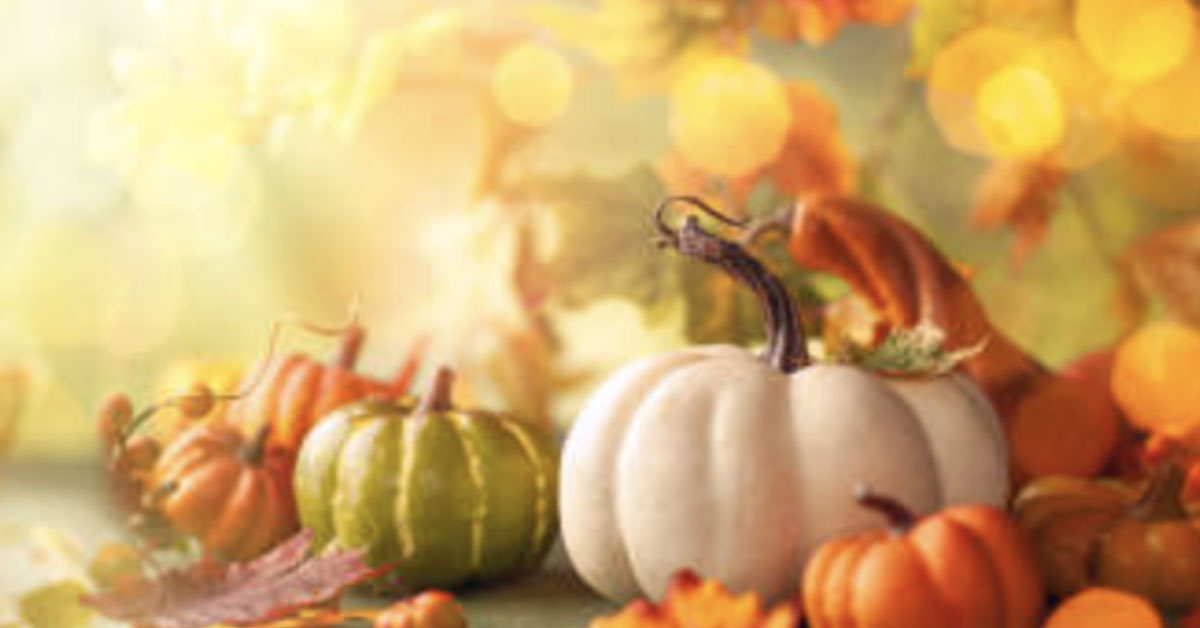Did you know gratitude can be good for you?
We’re often told that practicing gratitude can make us better people, but not everyone knows that there’s science to back this up. Research has shown that adopting an attitude of thankfulness can improve our overall well-being. It can reduce stress and depression, increase happiness, and make us more resilient. Gratitude can even improve our physical health. Lowered blood pressure, increased energy, and even longevity have been attributed to practices of gratitude.
With Thanksgiving on the horizon, teachers have an opportunity to introduce a little thankfulness into their classrooms. We need to remember that 2021 has been a difficult year for everyone, including our students. COVID is still a major factor in daily life. This year has seen several turbulent events, and while life continues to inch closer to normal, we’re not there yet. A little gratitude could be just the thing to remind everyone that is not so dark as we might believe.
Looking Outside Yourself
If you’re looking to activate an attitude of thankfulness in your students, consider using one of these thoughtful strategies to get the ball rolling:
- Gratitude Alphabet: Using letters in a hat, or a digital randomizer, such as Flippity, randomly select a letter each day. Challenge students to identify what they are grateful for that starts with that letter. Consider keeping a class list or have students record their response in a gratitude journal.
- Gratitude Affirmations: Build your grateful classroom by making connection rituals, like shout outs, a norm. During class, let students know that it is “shout-out” time. Allow them to share a quick affirmation to another student. After each affirmation, have the rest of the class snap their fingers or clap to acknowledge that shout out.
- Gratitude Chain: Create a chain of gratitude that you can hang in your class throughout the month of November. Pass out strips of paper to your students and have them write down one thing they are truly thankful for. Turn the paper into rings by bringing the two ends together. Finally, create an interlocking chain by taping the ends! You can hang the chain in your classroom as a reminder to be thankful, or you can break one link a day and share what the writer is thankful for.
- Gratitude Letter: Have students write a letter to someone who has helped them but who they have not yet thanked. Students can read their letter to him or her in person (or virtually) and share their experience with the class. The Greater Good Science Center found that students who participated in this activity showed greater ‘positive emotions’ even 2 months after the study.
If your class enjoys these activities, consider taking the lesson a step further with Blue Apple’s latest free Timely Topic: THINKsgiving. In this Timely Topic, students will further explore the science of thankfulness while also learning about Native American history, holiday nutrition, and creating their own STEM paraded. By taking this time to reflect and express gratitude, we can reignite our students’ passion for learning, and start the holiday season with a smile!

